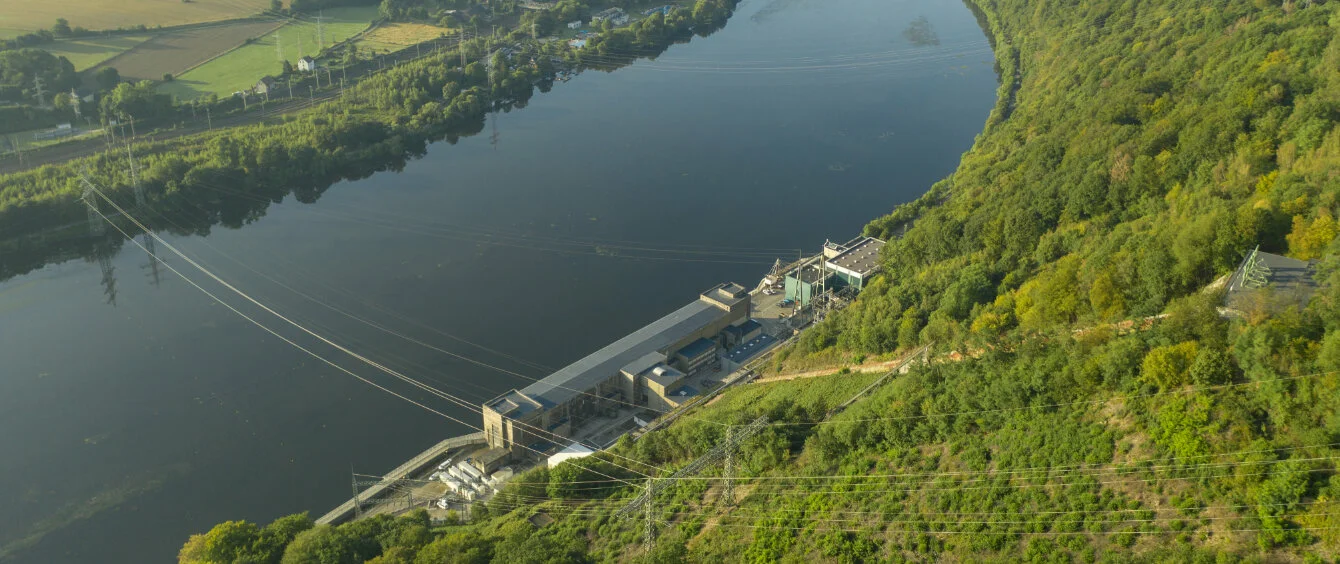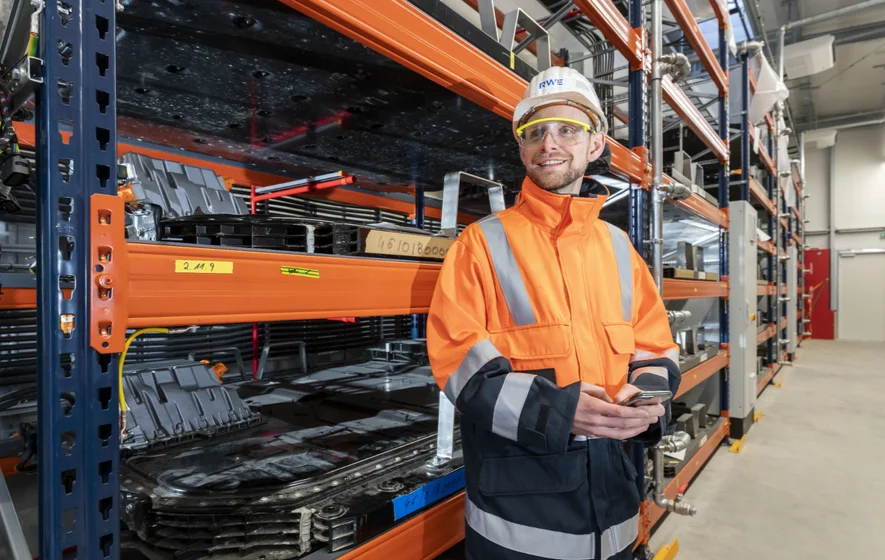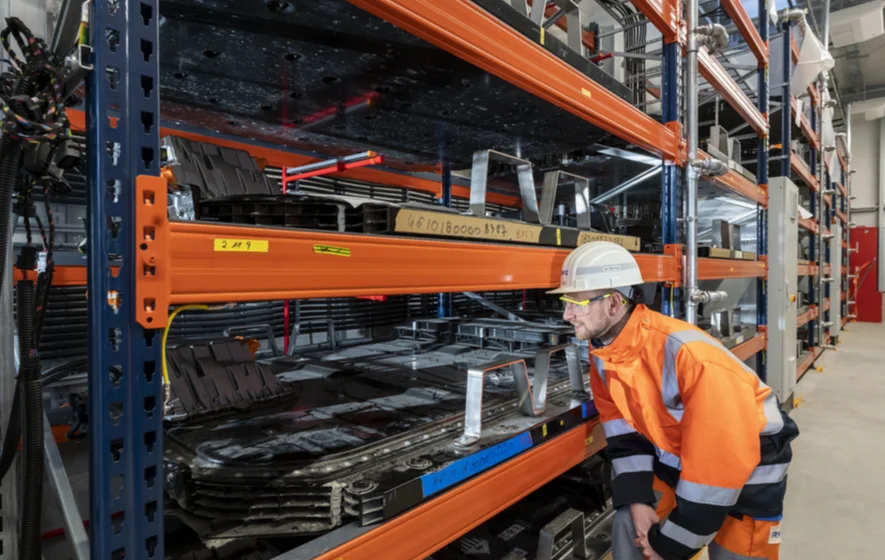The number of cars with electric drives is steadily increasing in Europe The European Commission projects up to 30 million EVs being registered in the 27 member states by 2030. This raises end-of-life issues. While the auto inustry is exploring sustainable solutions, energy utility RWE was also looking into re-using lithium-ion batteries in a pilot project. The research programme was spearheaded by Jan Josef Bernholz, Head of Process Engineering at RWE Technology International, who explains how the batteries can help stabilise the power grid.
Mr. Bernholz, the concept underlying Project Lazarus was to give EV batteries a second life by using them in energy storage systems. Why is that useful?
Well, for starters it’s important to bear in mind that the performance of a lithium-ion battery doesn’t start to decrease until it has reached 3,000 charging cycles. Based on an average range of 100 kilometres per charge, an electric car can thus easily cover 300,000 kilometres. But even after this, the batteries still have a capacity of up to 80 percent. This is why it would be a shame to recycle them, especially given that this is a very demanding and expensive process. If we continue to use the batteries in storage systems, we can spare rare resources such as lithium, nickle and cobalt while saving a lot of money compared to conventional solutions.
What exactly did the design of such an energy storage system look like?
The battery storage system was located in a hall at Lake Hengstey in Herdecke and comprised 60 drive batteries removed from Audi e-tron models. They each weighed some 700 kilos, measured just over 2 by 1.5 metres and had a capacity of 100 kilowatt hours (kWh). We connected the modules in series, bringing the system’s total capacity to 4.6 megawatt hours (MWh). Plus, it was connected to the other battery store. This enabled us to store a lot of electricity during short generation spikes and put it onto the system as needed.
Storage solutions are becoming increasingly important as the energy transition and the expansion of renewble energy progress. How can one put second life technology to use?
On principle, storage systems made of second life batteries can be used whenever there ia a threat of brief bottlenecks on the grid. However, using them in large-scale indutrial plants can also be beneficial, as they can be activated during periods of high consumption, for example.
Second life energy storage system in Herdecke
Do all car batteries lend themselves to this?
It’s important for them to have enough remaining capacity. Furthermore, it’s best for the batteries of a storage system to share the same design to ensure equal cell voltage. This is challenging, because there aren’t many second life batteries right now. But this will change soon, once there are more EVs on the road. That’s why we at RWE started researching the technology at an early stage.
How long can batteries be used before their capacity drops off too much?
We believe that their service life can be extended for a maximum of ten years. In addition, individual storage modules can be swapped out earlier. But the longer the battery’s second life, the smaller the carbon footprint of every kilometre travelled by the electric vehicle.
Note from the editors (July 2024): RWE is no longer pursuing the “Lazarus” project.


